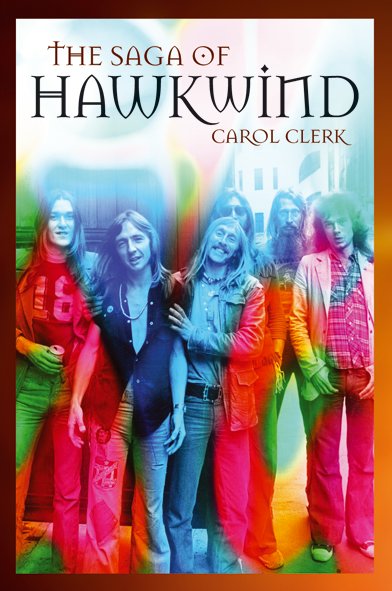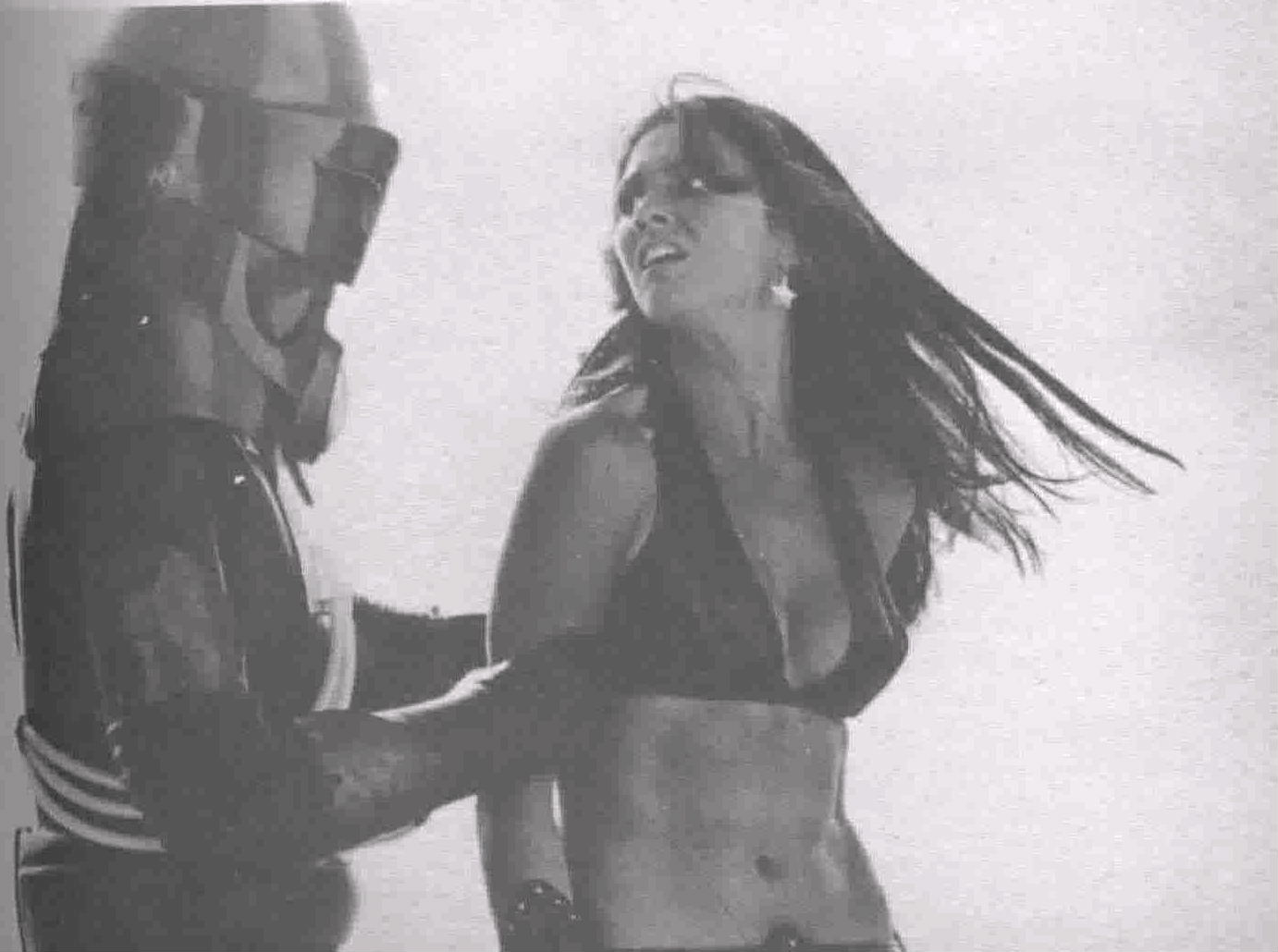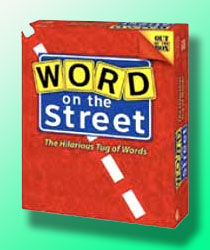 How’s this for nerdiness: as an undergrad, I took a literature class called Icelandic Saga. It was a great, memorable experience. My classmates were all into it, especially the connections with fantasy lit. My college mentor was even teaching. Yeah, all four of us had a blast.
How’s this for nerdiness: as an undergrad, I took a literature class called Icelandic Saga. It was a great, memorable experience. My classmates were all into it, especially the connections with fantasy lit. My college mentor was even teaching. Yeah, all four of us had a blast.
Anywho . . . speaking of sagas, just read a good one: THE SAGA OF HAWKWIND.
Don’t know the Hawklords? And you call yourselves nerds. Okay, here’s a brief summary of the Sparknote version of the Cliffnote version of why one of the world’s most under-rated bands should be discussed on Nerdbloggers. Since its inception, Hawkwind has delivered some the most innovative and compelling space rock known to man. Their live album Space Ritual captures the early glory. (And yes, that is Lemmy from Motorhead on bass.) Hall of the Mountain Grill and The Warrior on the Edge of Time are other highlights. Contributing to, and occasionally performing with, the band is none other than the master of science-fantasy literature: Michael Moorcock. The album Doremi Falso Latido is based upon Moorcock’s novel The Black Corridor. And then there’s the ultimate treat of The Chronicle of the Black Sword which, of course, is based upon Moorcock’s Elric Saga. I would say that it just doesn’t get better than that, but it does. There’s the recording of the Black Sword tour – Live Chronicles – which may be one of the best live albums ever recorded. They based songs upon works all of the great speculative writers ranging from Asimov (I Robot) to Zelazny (Damnation Alley). I could go on and on and on, but you get the idea. The Hawks (well, Dave Brock and current friends) are still churning out good stuff to this day. Their thirty-plus-years story is truly a saga. And that’s what Carol Clerk presents in The Saga of Hawkwind (Omnibus Press 2004).
From what I remember from my class, a saga usually preserves the tales of great deeds from the past. Clerk’s chronicle follows Hawkwind from before its earliest inception. She follows Dave Brock and company as they struggle across 1950’s and 60’s Britain and Europe performing blues, busking, and jazz. They’re lots of interesting rock history along the way. For example, I’ve been listened to Hawkwind for over twenty years but never knew of the meeting between Brock and Eric Clapton, when Brock showed Clapton how to play some chords. Or that Jimi Hendrix watched Hawkwind’s legendary free performance at the Isle of Wight and later dedicated a song to Nik Turner – that silver guy – when he did his set. The book is filled with juicy little bits like that. Clerk devotes a chapter to every historical step Hawkwind ever took. At over thirty lengthy chapters, that should give you an idea of the history in there.
One thing I admired about the book was also something that bothered me at times. Clerk’s objectivity cannot be disputed. Right from page one, she informs you that the history of the band is complex and often conflicting. The same story is remembered differently by different band members or observers; sometimes stories about certain members are remembered by some while vehemently denied by others. The bothersome part, however, is that the book is all about the infighting and disputes, petty and profound, that occurred within the band. Ultimately, Brock, who is one of the mythic legends looming large within the pantheon of my all-time favorites, is given a chaptered titled “God, Satan, or Just Captain of the Ship.” It was troubling at times to read but revelatory. It reminded me that all artists are essentially human. In fact it is that struggle that can distinguish between the good, the bad, and the ugly. The history of Hawkwind definitely trudges through all three.
The Saga of Hawkwind is a hefty tome. The hardback copy I own is over five hundred pages. I bought the Kindle version which, however, has been updated and expanded and is even longer! If I had a quibble with the book, this would be it. You are sometimes reminded of the daunting size of the book. Like the sagas of days gone by, Clerk focuses on genealogy. She has constructed a lineage of the band and its connections to others bands and provided a history of every member who has served with the band from their birth till their joining. While this is not a problem necessarily with the key figures, it does interrupt the narrative when your reading about the problems of a certain tour then, right in the middle, break to read about who so-and-so is, where he was born, went to school, and what bands he worked with before finally meeting Hawkwind. Sometimes the book is too comprehensive.
Aside from their speculative fiction leanings, Clerk reveals the role this band played in the development of punk (Johnny Rotten of the Sex Pistols was a huge Hawkwind fan) and dance music. The volume is filled with stories of the heroic and the petty, and that honesty keeps the story real and relevant. There’re also great photos throughout the band’s long, varied history. Despite its flaws, which are few, The Saga of Hawkwind is a straight-forward, interesting look at an important, over-looked band.
 Wednesday, January 13, 2010 at 07:09PM
Wednesday, January 13, 2010 at 07:09PM 



